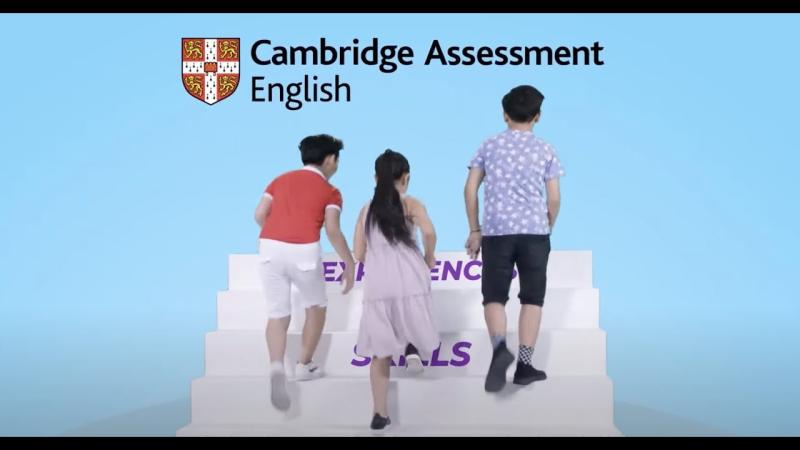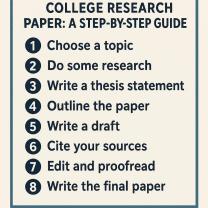What is @Cambridge Assessment?
A character with many personality traits is often referred to as a complex or multidimensional character. These characters are well-developed and exhibit a range of different traits, behaviors, and characteristics that make them more realistic and interesting to the audience. Here are some types of characters with many personality traits:
Round Characters:
- Round characters are fully developed and multi-faceted. They have a variety of traits that may include strengths, weaknesses, quirks, and contradictions. Round characters often undergo significant development and change throughout a story.
Antiheroes:
- Antiheroes are characters who do not conform to traditional heroic qualities. They may have a mix of positive and negative traits, making them morally ambiguous or complex. Despite their flaws, antiheroes often engage the audience due to their depth.
Tragic Heroes:
- Tragic heroes typically have a combination of admirable qualities and fatal flaws. Their complexity arises from the internal conflicts they face, and their journey often involves a downfall due to their own shortcomings.
Byronic Heroes:
- Byronic heroes are inspired by the literary characters created by Lord Byron. They are often brooding, intelligent, and possess a dark charm. Byronic heroes can have a wide range of traits, including a mix of virtues and vices.
Dynamic Characters:
- Dynamic characters undergo significant changes or growth over the course of a story. They may start with certain traits and evolve as a result of the experiences they go through.
Conflicted Characters:
- Characters with internal conflicts may exhibit a variety of traits that reflect their inner struggles. These conflicts can create tension and complexity within the character.
Unpredictable Characters:
- Characters who are unpredictable can surprise the audience with unexpected actions or reactions. Their behavior may be influenced by a combination of different personality traits.
Comedic Characters:
- In comedy, characters often have exaggerated and diverse personality traits for comedic effect. This can include eccentricities, quirks, and idiosyncrasies that contribute to the humor of the story.
Realistic Characters:
- Characters in realistic fiction are often portrayed with a mix of positive and negative traits that mirror the complexities of real people. This makes them relatable and believable.
Multi-Dimensional Villains:
- Villains with many personality traits can be more compelling. They may have motives that the audience can understand, and their character development can add depth to the overall narrative.
Characters with many personality traits contribute to the richness and depth of a story. They are more likely to resonate with audiences because of their complexity and relatability. Well-crafted characters with diverse traits often enhance the overall quality and engagement of a narrative.
Explanation of @Cambridge Assessment and its purpose
Numerous fictional characters embody multiple personality traits, allowing for complex and intriguing explorations of human nature. Some notable examples include:
Dr. Jekyll and Mr. Hyde: In Robert Louis Stevenson's classic novel, Dr. Jekyll, a respectable scientist, develops a potion that transforms him into the monstrous and evil Mr. Hyde. This duality represents the struggle between good and evil within the human psyche.
Gollum: J.R.R. Tolkien's "The Lord of the Rings" features Gollum, a creature corrupted by the One Ring, manifesting two distinct personalities: the desperate Smeagol and the conniving Gollum. This conflict highlights the corrupting influence of power and greed.
Norman Bates: Alfred Hitchcock's iconic film "Psycho" introduces Norman Bates, a young man with dissociative identity disorder, exhibiting both his gentle and subservient persona and the violent and manipulative Mother identity.
The Incredible Hulk: Marvel Comics' superhero the Hulk embodies the duality of Bruce Banner, a brilliant scientist who transforms into an uncontrollable, enraged Hulk when angered. This transformation symbolizes the suppressed emotions and potential for violence within individuals.
The Joker: Batman's archenemy, the Joker, is known for his chaotic and unpredictable nature, often shifting between various personalities and personas. This enigmatic character represents the embodiment of anarchy and the malleability of human identity.
These characters serve as compelling examples of how multiple personality traits can be explored in fiction, often reflecting the complexities of human nature, the struggle between good and evil, and the influence of external forces on one's identity.













